Offered for sale by its rider, Trevor Barnes • Campaigned at national, international, and Grand Prix level in the 1960s • Kept in storage since the late 1960s • Ridden in later years at the Goodwood Revival Carlo Guzzi's first prototype motorcycle of 1919 was unconventional in so far as its single-cylinder engine was installed horizontally, and by the end of the 1930s the 'flat single' had established itself as a Guzzi hallmark. The importance of racing as a means of publicising Carlo Guzzi and Giorgio Parodi's fledgling marque had been recognised right from the start, at least by the latter, but it would be several years before the firm offered versions of its works racers for sale to the public. Moto Guzzi's first successful customer racer was the pre-war Condor, introduced in 1938 and revamped for 1946 as the Dondolino (rocking chair). A more highly developed version produced by Ing. Giulio Carcano for factory tester and budding racer Ferdinando Balzarotti resulted in the legendary Gambalunga (long legs). Its Gambalunga soubriquet arose from the engine's long-stroke configuration, a break from Guzzi's customary practice, though normal service was soon resumed when in 1948 the traditional 88x82mm bore/stroke dimensions were reinstated. Also making its debut on the Gambalunga was Guzzi's own design of leading-link front fork that would later find its way on to the firm's Grand Prix machines. Introduced for 1949, the 250cc Gambalunghino (little long leg) version was based on the pre-war Albatros racer, sharing the same basic frame, 247cc single-overhead-camshaft engine and four-speed gearbox. Using a developed version of an already proven design enabled Guzzi to get the better of the opposition, and Bruno Ruffo duly brought the inaugural 250cc World Championship back to Mandello del Lario at the season's end. Dario Ambrosini and Benelli took the 250 honours the following year but Guzzi bounced back immediately, Ruffo taking the Championship in 1951 and Enrico Lorenzetti in 1952. From 1953 onwards though, and despite Guzzi's introduction of four-valve and twin-overhead-camshaft engines, the 250 Championship would belong exclusively to NSU. Although ultimately outclassed at Grand Prix level, the 250 Guzzi remained a favourite of privateers for many seasons. Indeed, in 1962 Arthur Wheeler finished a magnificent 3rd in the World Championship, beaten only by the works Hondas of Jim Redman and Bob McIntyre. From 1959 onwards, Wheeler's Guzzis used frames fabricated by Ken Sprayson of Reynolds Tubes, and the machine we offer features one constructed along broadly similar lines. Its owner, Trevor Barnes, bought the Guzzi in 1963 and raced it until 1966. In 1963 he completed a full season of national and international events including the Dutch TT and Belgian GP. In the Dutch race he was the first privateer home in the 250 race, finishing in 9th place. Some modifications were made to the Guzzi for 1964, principally adapting the front brake to make it fully floating, which meant that there was reduced dive under braking. He had a good dice with Tommy Robb at the Salzburgring International Grand Prix in 1964. Tommy was on a works Honda twin and the two Brits were up against a pair of very fast works MZs that would tear past them on the straights, only to be re-passed at the next bend. Trevor was black-flagged for dropping oil but was allowed to continue, eventually finishing 7th when he could easily have been in the first four. He spent a month on the Continent in 1964 competing in international meetings. At the Nürburgring he finished 3rd, at Salzburg 7th (as described above), at St Wendel 6th, and at Tubbergen in Holland the Guzzi was really sorted and he finished 1st and set the fastest lap. Trevor went straight from there to the Northwest 200 where he was lying second to Ralph Bryans (Honda) but had to pull in with a broken oil pipe. The Dutch TT again proved a good meeting for Trevor as he came 9th again and first privateer. There
Offered for sale by its rider, Trevor Barnes • Campaigned at national, international, and Grand Prix level in the 1960s • Kept in storage since the late 1960s • Ridden in later years at the Goodwood Revival Carlo Guzzi's first prototype motorcycle of 1919 was unconventional in so far as its single-cylinder engine was installed horizontally, and by the end of the 1930s the 'flat single' had established itself as a Guzzi hallmark. The importance of racing as a means of publicising Carlo Guzzi and Giorgio Parodi's fledgling marque had been recognised right from the start, at least by the latter, but it would be several years before the firm offered versions of its works racers for sale to the public. Moto Guzzi's first successful customer racer was the pre-war Condor, introduced in 1938 and revamped for 1946 as the Dondolino (rocking chair). A more highly developed version produced by Ing. Giulio Carcano for factory tester and budding racer Ferdinando Balzarotti resulted in the legendary Gambalunga (long legs). Its Gambalunga soubriquet arose from the engine's long-stroke configuration, a break from Guzzi's customary practice, though normal service was soon resumed when in 1948 the traditional 88x82mm bore/stroke dimensions were reinstated. Also making its debut on the Gambalunga was Guzzi's own design of leading-link front fork that would later find its way on to the firm's Grand Prix machines. Introduced for 1949, the 250cc Gambalunghino (little long leg) version was based on the pre-war Albatros racer, sharing the same basic frame, 247cc single-overhead-camshaft engine and four-speed gearbox. Using a developed version of an already proven design enabled Guzzi to get the better of the opposition, and Bruno Ruffo duly brought the inaugural 250cc World Championship back to Mandello del Lario at the season's end. Dario Ambrosini and Benelli took the 250 honours the following year but Guzzi bounced back immediately, Ruffo taking the Championship in 1951 and Enrico Lorenzetti in 1952. From 1953 onwards though, and despite Guzzi's introduction of four-valve and twin-overhead-camshaft engines, the 250 Championship would belong exclusively to NSU. Although ultimately outclassed at Grand Prix level, the 250 Guzzi remained a favourite of privateers for many seasons. Indeed, in 1962 Arthur Wheeler finished a magnificent 3rd in the World Championship, beaten only by the works Hondas of Jim Redman and Bob McIntyre. From 1959 onwards, Wheeler's Guzzis used frames fabricated by Ken Sprayson of Reynolds Tubes, and the machine we offer features one constructed along broadly similar lines. Its owner, Trevor Barnes, bought the Guzzi in 1963 and raced it until 1966. In 1963 he completed a full season of national and international events including the Dutch TT and Belgian GP. In the Dutch race he was the first privateer home in the 250 race, finishing in 9th place. Some modifications were made to the Guzzi for 1964, principally adapting the front brake to make it fully floating, which meant that there was reduced dive under braking. He had a good dice with Tommy Robb at the Salzburgring International Grand Prix in 1964. Tommy was on a works Honda twin and the two Brits were up against a pair of very fast works MZs that would tear past them on the straights, only to be re-passed at the next bend. Trevor was black-flagged for dropping oil but was allowed to continue, eventually finishing 7th when he could easily have been in the first four. He spent a month on the Continent in 1964 competing in international meetings. At the Nürburgring he finished 3rd, at Salzburg 7th (as described above), at St Wendel 6th, and at Tubbergen in Holland the Guzzi was really sorted and he finished 1st and set the fastest lap. Trevor went straight from there to the Northwest 200 where he was lying second to Ralph Bryans (Honda) but had to pull in with a broken oil pipe. The Dutch TT again proved a good meeting for Trevor as he came 9th again and first privateer. There
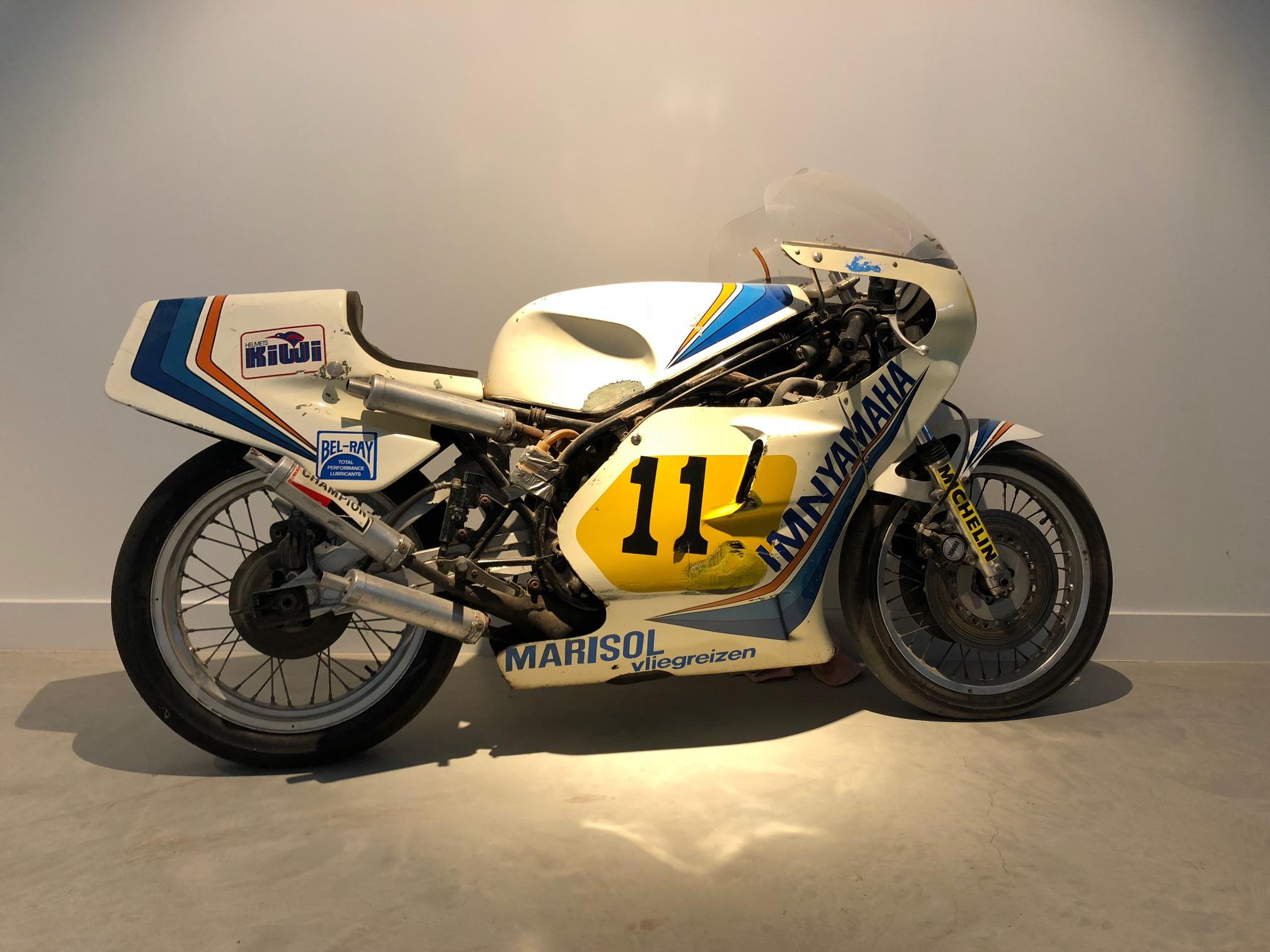
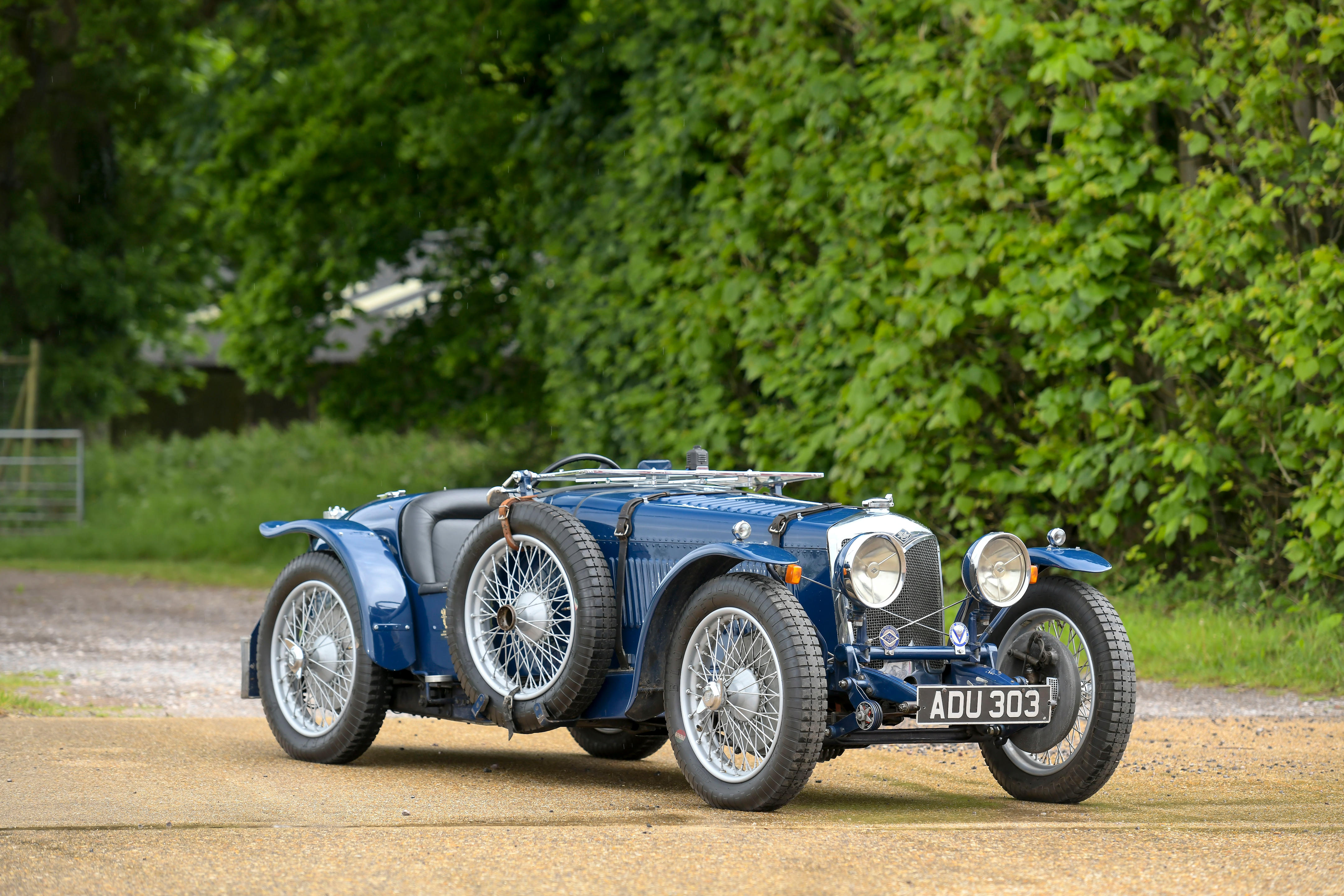
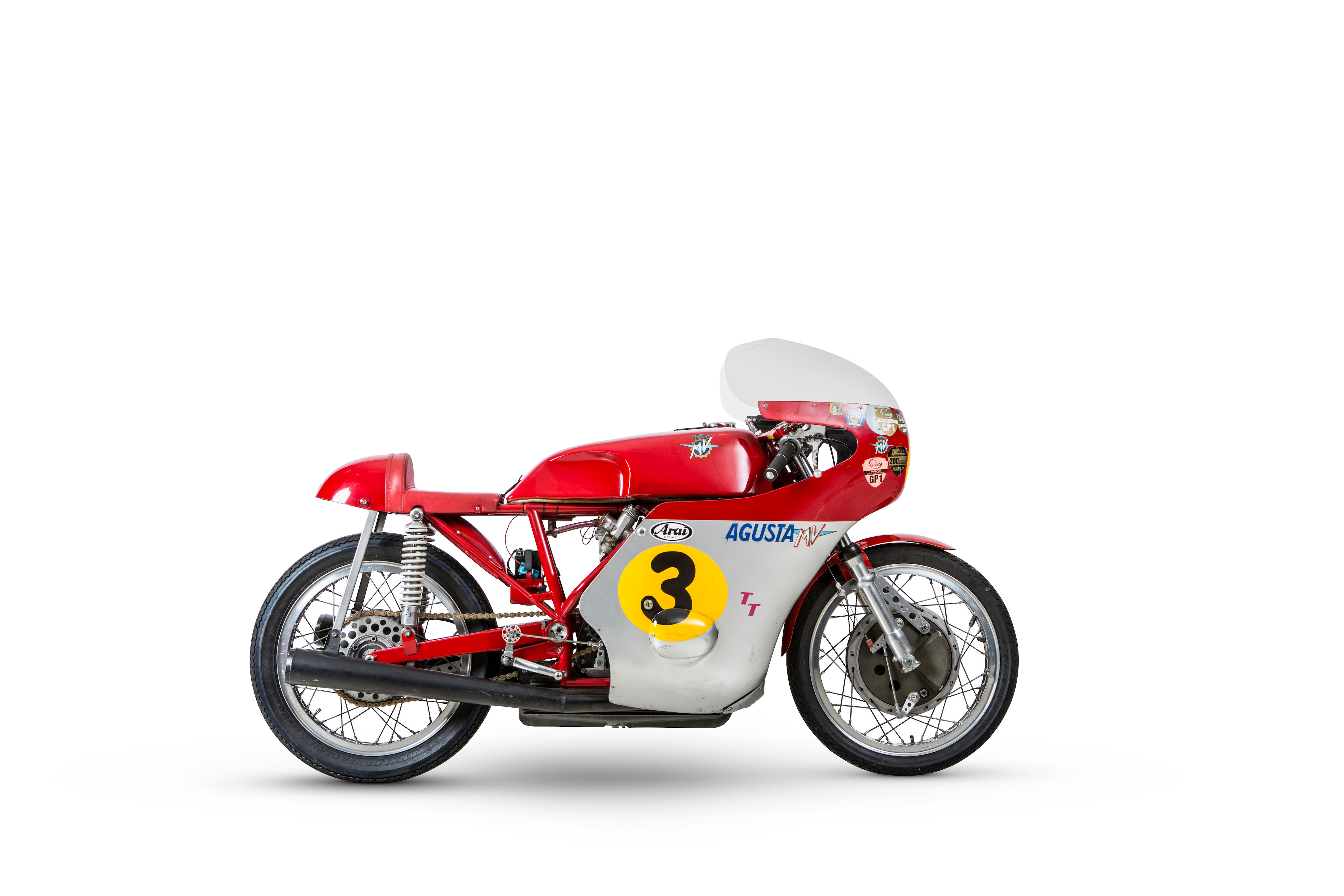
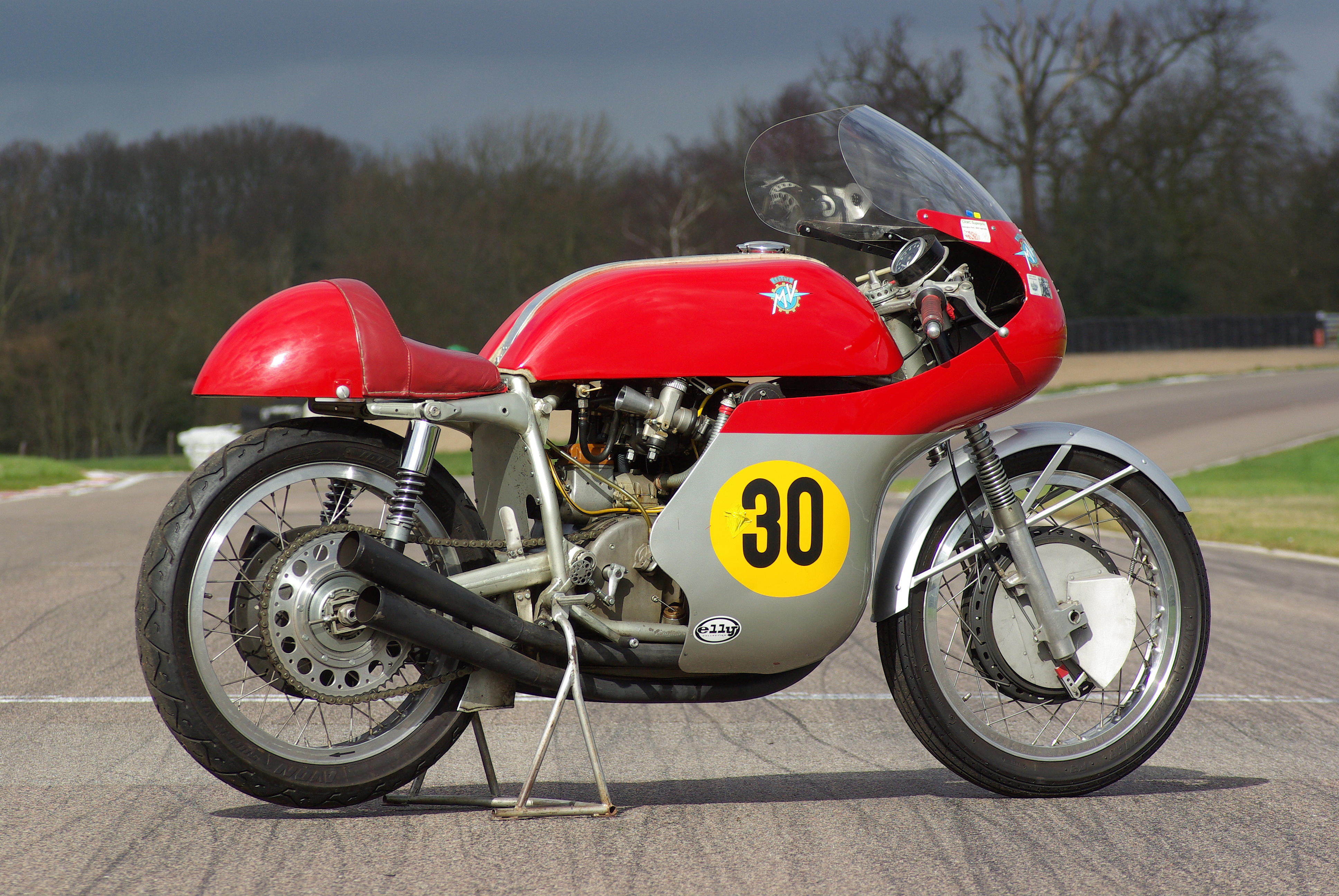
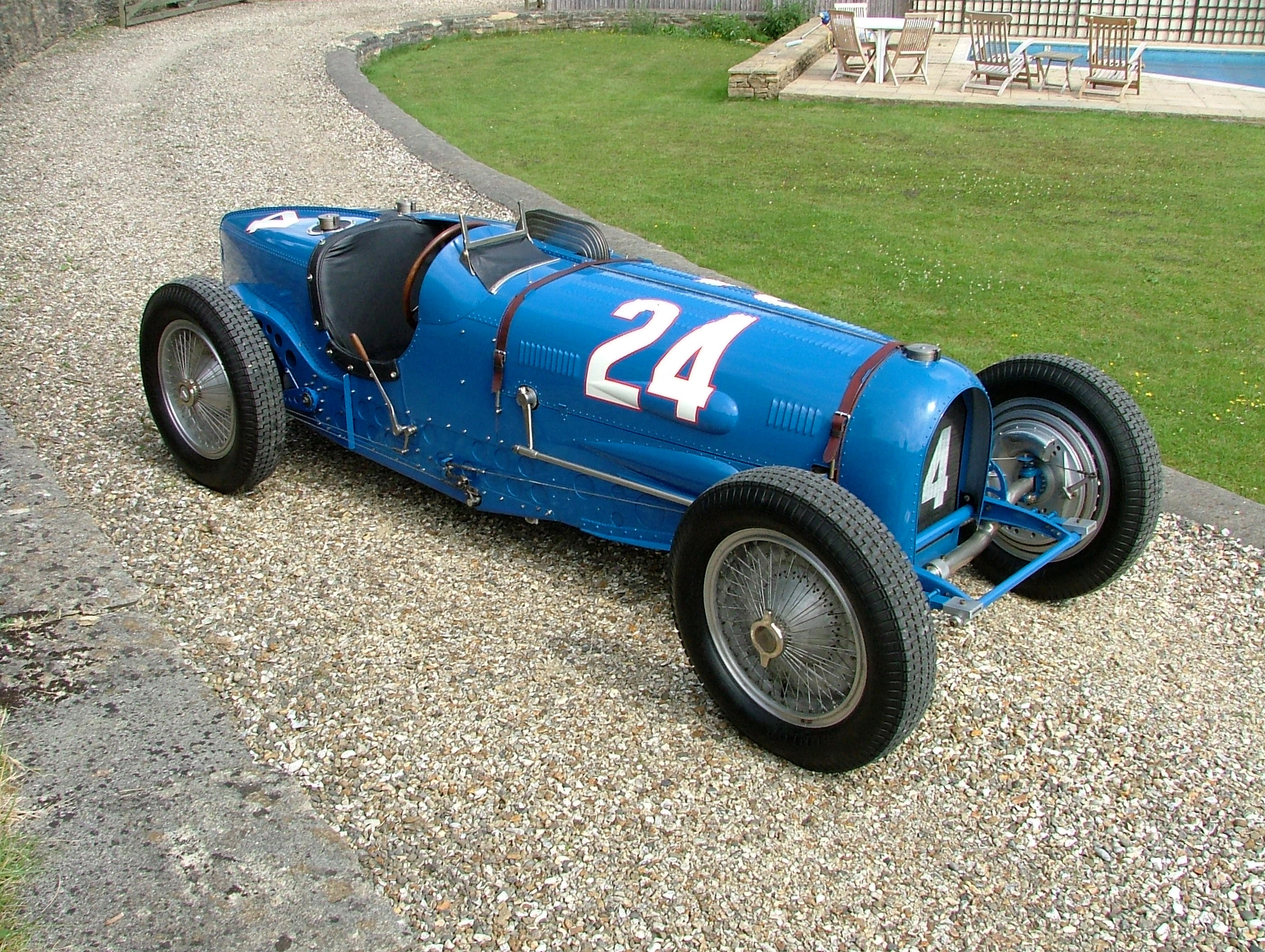
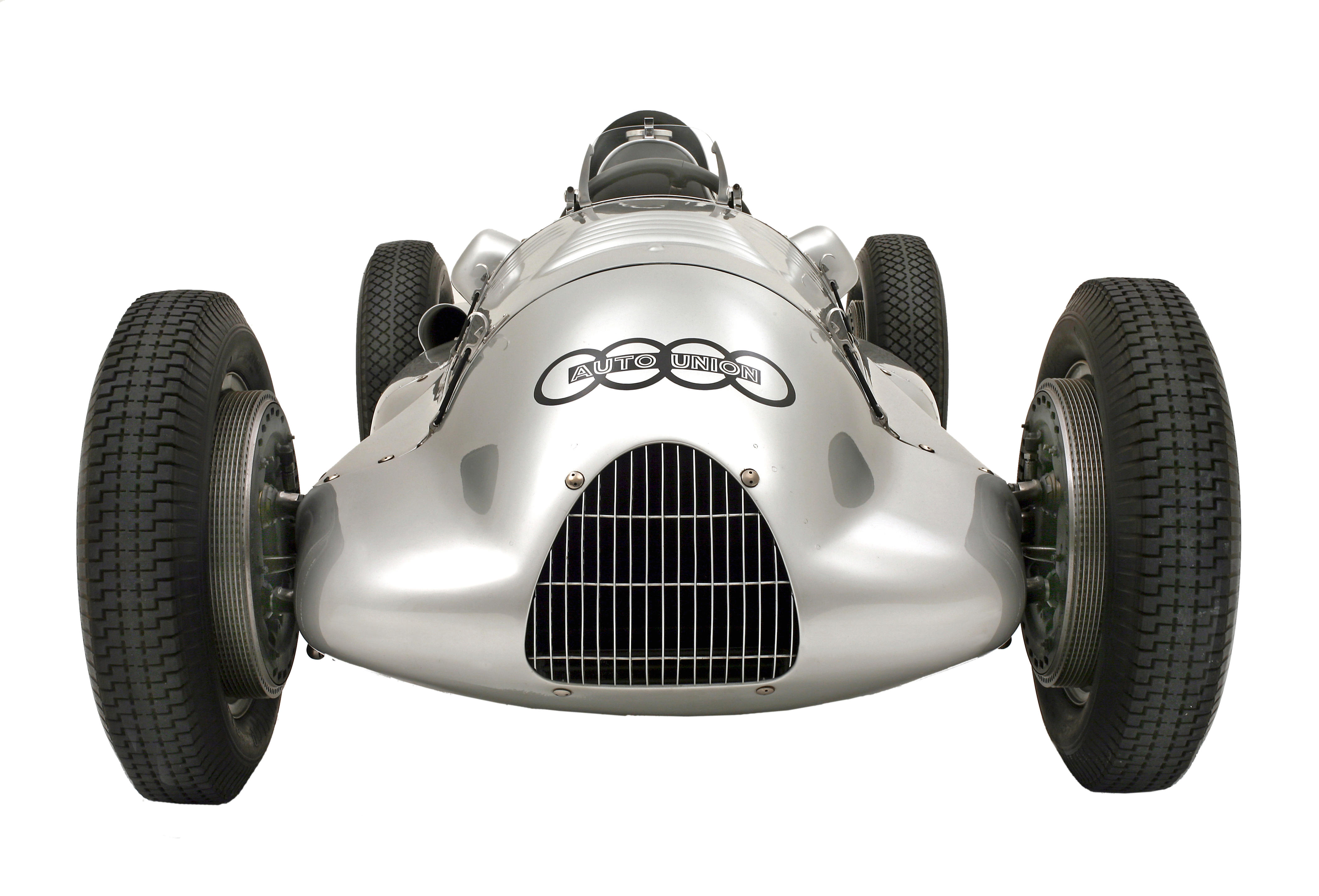


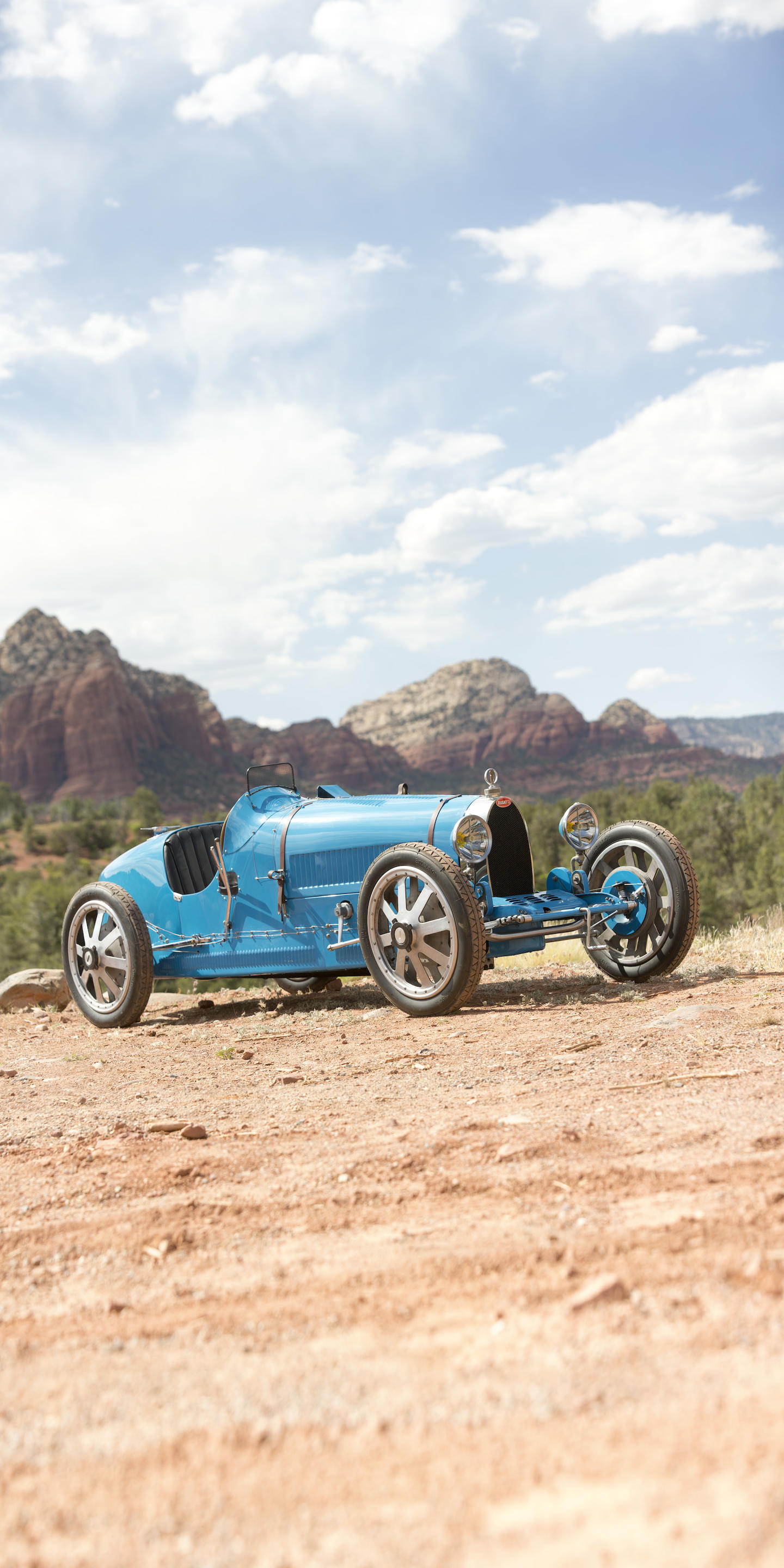

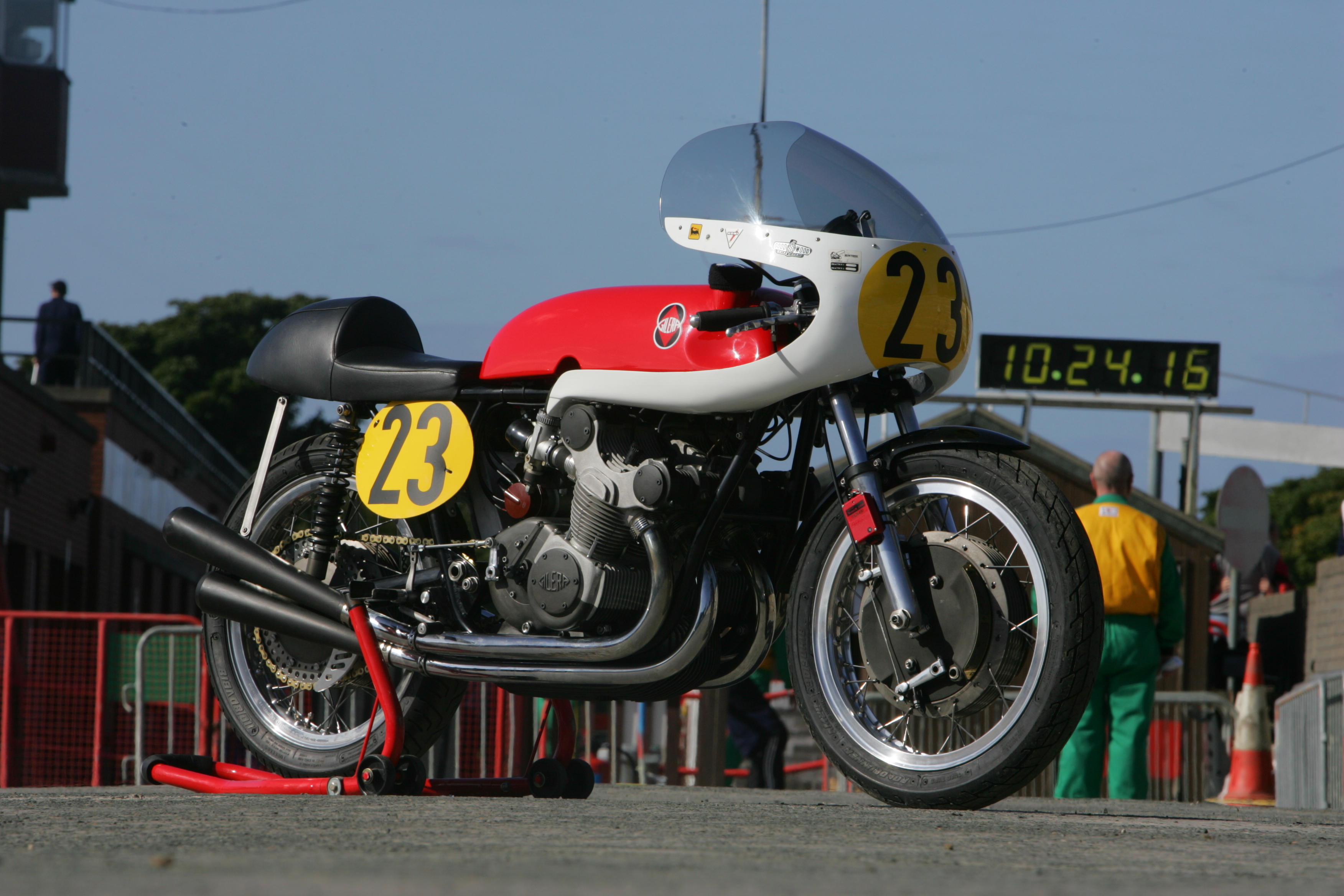

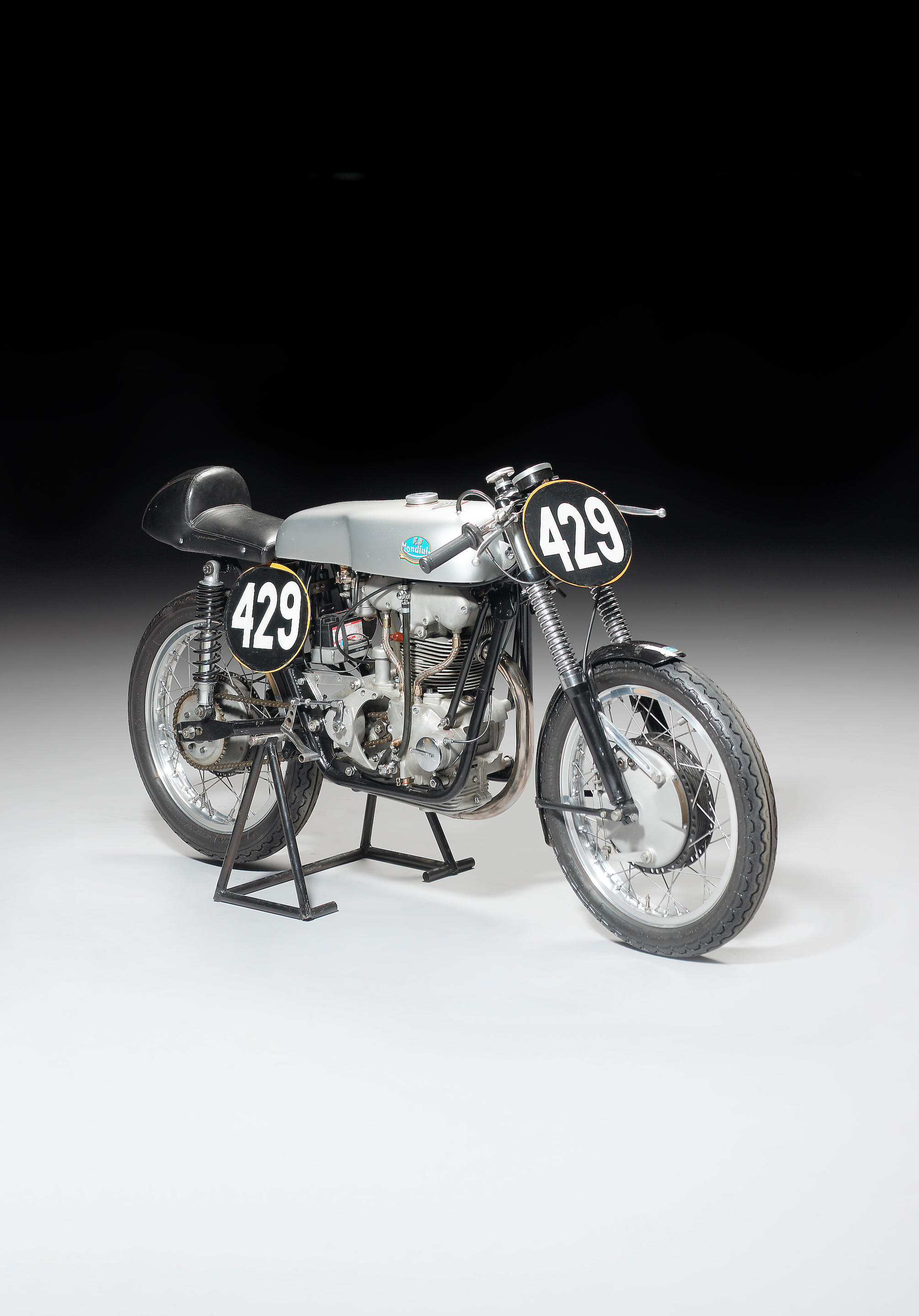
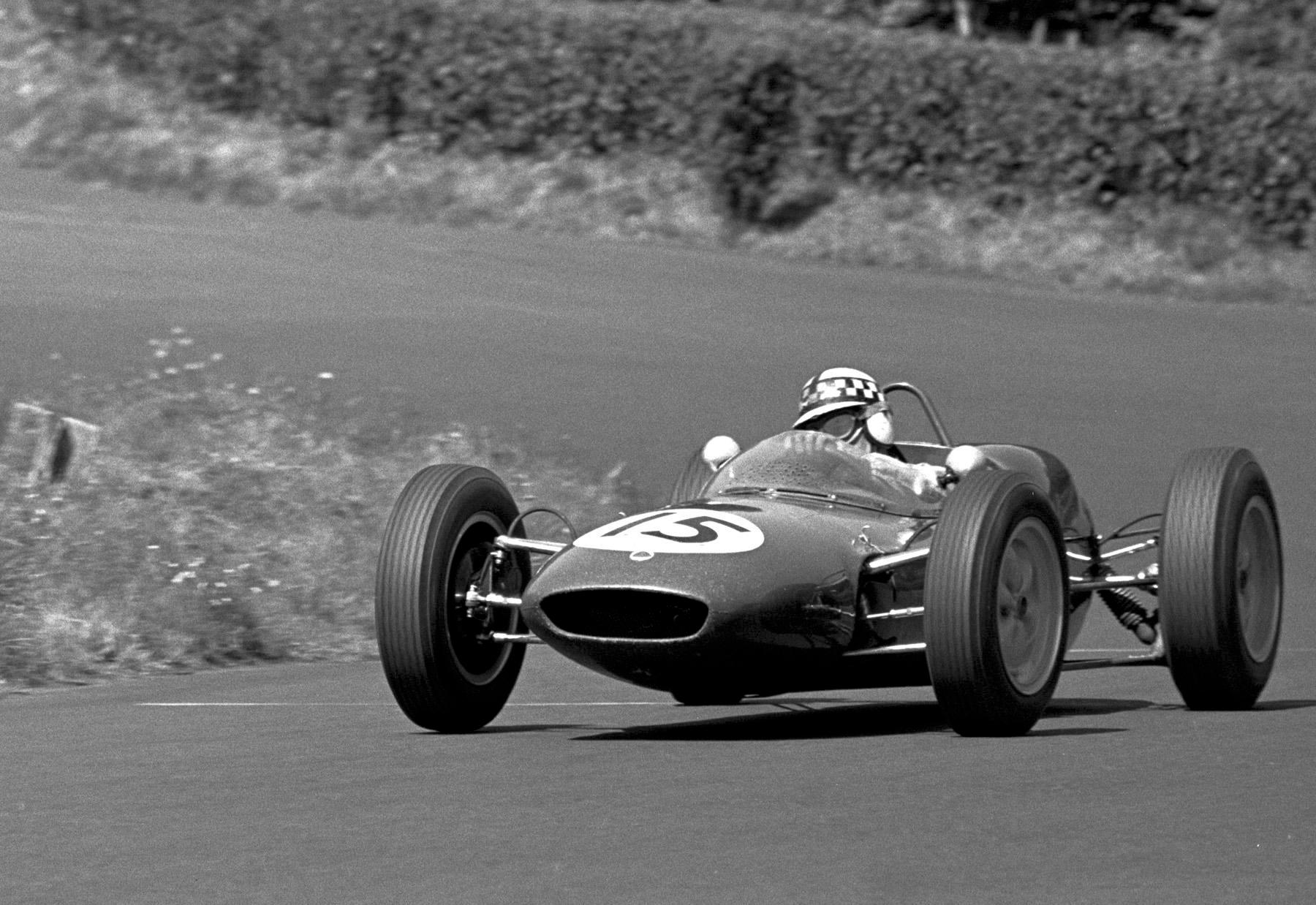
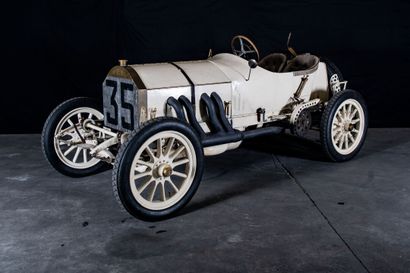
Testen Sie LotSearch und seine Premium-Features 7 Tage - ohne Kosten!
Lassen Sie sich automatisch über neue Objekte in kommenden Auktionen benachrichtigen.
Suchauftrag anlegen